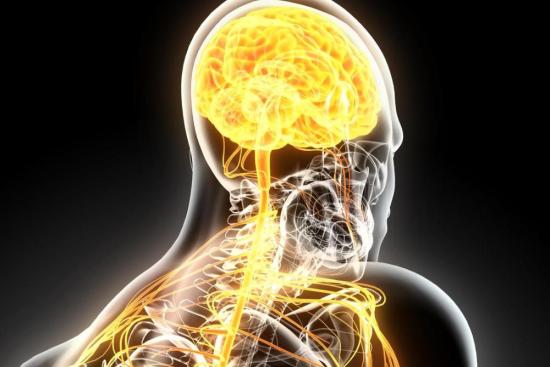Several experiments have been carried out by medical researchers, especially algologists, to substitute morphine with other substances relieving certain pains. The main objective is to avoid the use of drugs which generate side effects, even when it concerns neurons' pain. One of the substances which development will be a challenge for many doctors in coming years is the famous botulinum toxin (Botox).
Botulinum toxin: a substance with different effects
Can certain doses of botulinum toxin combat severe pain? Yes, it's already approved, botulinum toxin is considered as an effective treatment for certain types of pain. Known under the commercial name of "Botox", botulinum toxin type A has always been known for its miraculous aesthetic effect. This is revealed by a considerable reduction of wrinkles, with smoother skin showing a youthful appearance. However, this substance, the most active of all toxins, has shown its effectiveness in the treatment of peripheral neuropathic pain. The latter is usually related to nerve damage following trauma, neurosurgery or cancer.
Origin of neuropathic pain
Neuropathic pain is related to a nerve injury, which is in most cases induced by :
- Cancer Therapies
- Diabetic pain (diabetes mellitus)
- Trigeminal neuralgia
- Post-herpetic pain
- Post-traumatic neuropathy
Symptoms of peripheral neuropathy treated with botulinum toxin type A
Peripheral neuropathic pain due to nerve dysfunction is multifaceted and includes
- Loss of sensation
- Tingling
- Burning sensation in feet and hands
- Crushing pain
- Electric shocks
Autonomy can be affected by peripheral neuropathy reaching the feet. In addition, it has been shown that replacing anesthetics such as capsaicin and lidocaine with a neurotoxin-based treatment avoids effects that are considered burdensome for patients.
How does Botox work for neuropathic pain?
Recently, botulinum toxin, secreted by a bacterial neurotoxin, has been shown to have analgesic properties when patients are in life-threatening situations. Indeed, Botox blocks nerve transmission at the neuromuscular junction. It is subsequently used in the treatment of neurological bladders, as well as in the relief of chronic migraines and various diseases of the somatosensory system. The analgesic effect, proven by several clinical trials of this toxin, is very powerful in reducing allodynia (pain triggered by a stimulus) caused by peripheral nerve damage.
Neurotoxin Type A acts on the skin inflammation induced by the stimulation of nerve fibers. These subsequently secrete neuropeptides, whose exocytosis is inhibited by Botox. Subsequently, Botox acts on pain receptors, called nociceptors (TRPV1), and on pain messengers such as substance P and substance CGPR. These are involved in neurogenic inflammation and therefore in the feeling of neuropathic pain. Therefore, the toxin will have the effect of a local anesthetic by blocking the influx when injected at the neuromuscular junction. Thus, botulinum toxin takes the place of certain antidepressants and antiepileptics which, certainly, have various undesirable effects. So, it improves, consequently, the quality of life of the affected persons from a physiological as well as a psychological side.
Botox: the future treatment of several pathologies
Botulinum toxin type A has proven to be a multipurpose treatment, offering new hope for many patients. Among the revolutionary treatments achieved by the use of Botox, is the treatment of local paralysis, where it's act is related to muscle hyperactivity. In this regard, it has facilitated the pain management which was not able to respond to certain classic analgesic treatments. The toxin has shown unparalleled safety once administered while avoiding the annoying effects of conventional treatments. For this reason, this neuromodulatory agent presents for researchers one of the future elements in the human therapies' arsenal.








